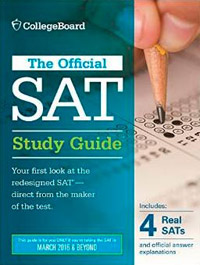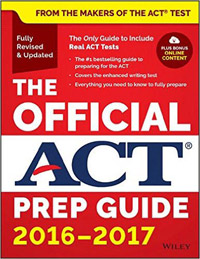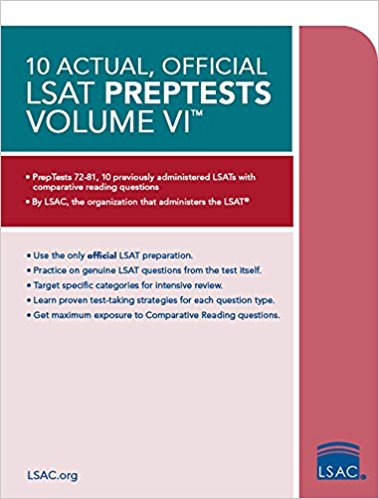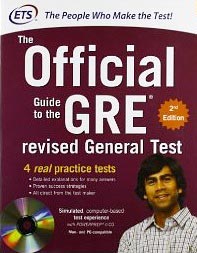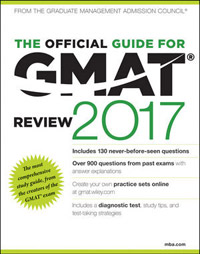|
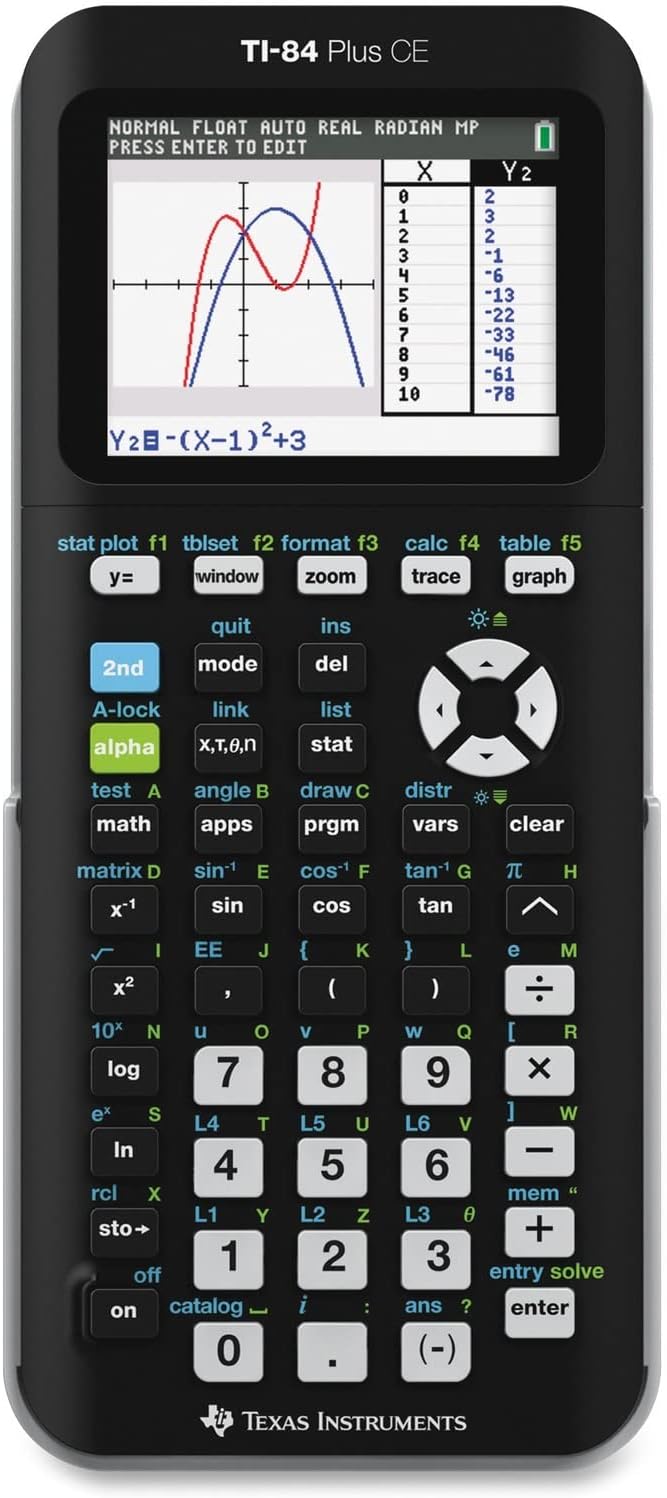
Please note: I am a Harvard grad, SAT/ACT perfect scorer, and full-time private tutor in Colorado Springs, Colorado, with over 20 years and 20,000 hours of teaching and tutoring experience. For more helpful information, check out my my DSAT Action Plan as well as my free e-book, Master the DSAT by Brian McElroy. Contact me: mcelroy@post.harvard.edu
Despite what many high school students believe, you need to know relatively few formulas for the DSAT Math section.
The reason why there are so few formulas necessary for digital SAT Math is that the SAT is meant to test your reasoning skills more than your ability to memorize (though in some cases, of course, memorization is necessary). There are always multiple avenues to the solution of a problem, and I teach my students how to take a consistent, accurate approach that utilizes a minimum of formulas and takes the path of least resistance to each answer. Usually, this involves solving the problem differently than you would in math class, stressing technique and common sense over pure memorization.
Take, for example, the distance formula. It’s a big, complicated mess of roots and pluses and minuses, and it’s easy to make a small mistake and screw the whole thing up. Well, no worries, because the distance formula is completely useless on the SAT--and it's just a rearranged Pythagorean theorem anyway. You’re better off just plotting the points on a grid, forming a right triangle and using the Pythagorean theorem. “But wait,” you say, “don’t I still have to memorize the Pythagorean theorem?” Nope. It’s provided for you at the beginning of each math section (though any student of geometry and trigonometry should know it anyway). The Pythagorean theorem is easier, more basic, and less prone to mistakes than the distance formula. So unless you are a whiz at the distance formula and never make careless mistakes on math questions, I would stick with the advice of Mr. Pythagoras.
That being said, there are of course still a few facts you must know by heart on your DSAT test day.
WHAT'S MISSING FROM / LESS COMMON ON THE DIGITAL SAT, COMPARED TO THE PAPER SAT?
Many topics have disappeared! The polynomial remainder theorem and imaginary / complex numbers are nowhere to be found. The circle proportionality formula is no longer necessary. Probability questions are few and far between—and standard deviation questions have gone from common on the paper SAT to rare on the digital SAT.
Binomial division is gone, and there are no more questions about the number of changes of direction of an nth-degree polynomial, either.
WHAT'S NEW ON THE DIGITAL SAT vs. THE PAPER SAT? WHICH TOPICS SHOW UP MORE THAN THEY USED TO?
There are lot more quadratic and parabola questions. There are barely any new topics at all—but there are some DSAT questions (including Bluebook Test #4, Math Hard #19) that requires Vieta's formula, which states that (-b/a) is the sum of the solutions of a quadratic equation, and that (c/a) = the product of the solutions. Other new concepts include the polynomial zero theorem and weighted averages (read more on these below).
HERE ARE ALL THE FORMULAS AND CONCEPTS YOU MUST KNOW FOR THE DIGITAL SAT:
1) Percentage (Part/Whole) & Percent Change (Difference/Original) x 100
2) The Formula for a Line (standard y=mx+b format as well as point-slope format: y-y1 = m(x-x1), and the slope equation (y2-y1) / (x2-x1) ).
3) All 3 Quadratic Identities (unfactored to factored form)
(x2-y2)=(x+y)(x-y)
x2+2xy+y2=(x+y)2
x2-2xy+y2=(x-y)2
4) Direct Proportion aka Ratios (a1/b1)=(a2/b2) and Indirect Proportion (a1a2 = b1b2)
5) Average = (Total / Number of things)
6) Probability = (Desired Possibilities / Total Possibilities).
7) Surface Area of a Cube = 6s2
8) Distance = (Rate)(Time)
9) The Quadratic Equation Also know what the discriminant (the part inside the root) is. If the discriminant is POSITIVE, then there are 2 real roots ("roots" is another word for "solutions" when equations are written in ax^2+by+c = 0 form). If the discriminant is ZERO, then there is 1 real root. If the discriminant is NEGATIVE, then there are no real roots. Understand how to factor by grouping.
10) Understanding (not calculating!) Standard Deviation
11) Weighted Averages
12) Systems of Equations / Substitution
13) Functions and Translations of Functions
14) Completing the square
15) Concept: the vertex of a parabola is located at the midpoint of its x-intercepts
16) The vertex (h,k) form of a parabola: a(x-h)^2 + k
17) Area of a triangle = 1/2 ab sin C
18) Concept: the sides of similar triangles all have the same respective proportions.
19) Concept: in a system of linear equations, there is no solution if the slopes of the two lines are the same (parallel) and the y-intercept is different. Conversely, there are infinitely many solutions is the slopes of the two lines are the same and the y-intercept is also the same.
20) Concept: to find the intersections of two lines, set them equal to one another
21) Concept: the “zeroes” or "roots" of a function are the x-coordinates where it crosses the x-axis (and where the y value outputs zero).
22) Concept: the arc measure formed by an angle with its vertex on a circle is double the measure of the angle.
23) Concept: the value of a function is undefined when the denominator is equal to zero
24) Concept: the proportion of distance that you travel along the hypotenuse of a right triangle is equal to the proportion of distance that you travel along both legs.
25) The equation of a circle with center (h,k) and radius r: (x-h)2 + (y-k)2= r2
26) Manipulating Absolute Value Inequalities
27) Negative and Fractional Exponents
28) Rules of Exponents: "Same Root" Tricks (multiplication = add the exponents, division = subtract the exponents, taking to a power = multiply the exponents). "Same Exponent" Trick (perform the operation on the base and keep the exponent the same for multiplication and division operations)
29) Parallel Lines and Transversals
30) Positive and Negative Associations in Graphs
31) π radians = 180 degrees
32) Density = Mass / Volume (this recently showed up on the new PSAT 8/9 practice test)
33) Work = (Rate)(Time)
34) The unit circle
35) Sin x = Cos (90 - x)
36) # of Degrees in an N-Sided Polygon = (n - 2)(180). TIP: "convex" polygons are simply polygons with all degrees less than 180.
37) Box plots
38) The Pythagorean Theorem: a2 + b2 = c2
39) Concept: "doubles n times" = 2^n
40) Compound Interest Formula for exponential rates of change: total = principle (1 + rate) time
-----
YOU SHOULD ALSO UNDERSTAND THE FOLLOWING TERMS AND MATH CONCEPTS:
-PEMDAS AND THE ORDER OF OPERATIONS. If you don’t know what I’m talking about here, talk to your math teacher, pronto! Just a reminder…Parentheses, Exponents, Multiplication, Division, Addition, Subtraction. Also remember that a TI-83 (perfectly legal on this test) automatically performs PEMDAS so long as you enter the expression correctly.
- MEAN, MEDIAN, MODE, RANGE, MARGIN OF ERROR, and WEIGHTED AVERAGES. Mean is the same as average. Median is the number in the middle after rearranging from low to high. In the case that the list has no true middle because it has an even number of terms, find the average of the middle two. So the median of the list { 1 1 5 5 } is (1+5)/2 which equals 3. MODE is quite simply the number that appears the MOST. Multiple modes are possible if there is a tie for greatest frequency: the example I just listed, for example, has two modes, 1 and 5. Range is simply (greatest term) - (least term).
The formula for weighted averages is [(weight 1)(amount 1) + (weight 2)(amount 2)] / (amount 1 + amount 2). For example, the average of 10 girls who score 90 on the test and 5 boys who score 80 on the test is [90(10) + 80(5)] / 15 = 86.66.
Range of error is a plus/minus. For example, if the temperature is predicted to be 80 degrees, with a margin of error of 5 degrees, then the true temperatures could be anywhere between 75 and 85 degrees. You also need to understand the concept that margin of error decreases as sample size increases.
-INTEGERS. Integers are whole numbers, including zero and negative whole numbers. Think of them as hash marks on the number line. (For those who don’t know what hash marks are, picture the while yardage markings on the grass of a football field.) Don’t forget that zero is an integer and that negative whole numbers are integers too. Remember that -3 is less than -2, not the other way around (sounds simple but is a common mistake. If I fooled you initially with that one, think of “greater than” as “further to the right” on a number line, and “less than” as “further to the left.”
-PRIME NUMBERS. Prime numbers are positive integers that are only divisible by themselves and the number 1. Be able to list all the primes you between 1 and 50…remember that 1 is not a prime and there are no negative primes. By the way, 51 is not prime…that question actually showed up on a recent SAT. 17 x 3 = 51. What, you forgot your times tables for 17? ;)
2,3,5,7,11,13,17,19,23,29,31,37,41,43,47,53, etc…
Also, be able to use a factor tree and find all the factors of a number and perform a “prime factorization” of a number (this means you find a series of prime numbers that multiplies together to equal that number). The prime factorization of 18, for example, is 3 x 3 x 2.
-PYTHAGOREAN TRIPLES. These are particular types of Right Triangles that just happen to have exact integers as sides. The SAT loves to use them, so know them by heart and save yourself the trouble of calculating all those roots. Here are the ones they use:
3/4/5, 5/12/13, 6/8/10, 7/24/25, 8/15/17, 10/24/26, 12/16/20, etc.
Please note that Pythagorean Triples are not the same as the special side ratios of 45/45/90 and 30/60/90 triangles, which are provided for you at the beginning of each Math section.
-THE THIRD SIDE RULE FOR TRIANGLES. The third side rule simply states that if you know two sides a and b of a triangle but not the third side c, then the third side c must lie somewhere between the SUM and DIFFERENCE of the other two sides: (a - b) < c < (a+b)
-TRIGONOMETRY, THE UNIT CIRCLE, AND SOHCAHTOA: sin(e) = Opposite / Hypotenuse , cos(ine) = Adjacent / Hypotenuse, tan(gent) = Opposite / Adjacent
-LINE GRAPHS, BAR GRAPHS, AND SCATTERPLOTS. The digital SAT has lots of these types of charts, as well as the occasional box and whisker plot.
-“Y LESS THAN X”
(for example, “x-7” is the correct translation of “7 less than x.” Be careful because many students will write this as “7-x”, which is incorrect.)
-THE WORD “OF.” (“of” always means multiply.)
-DIGITS. Digits are to numbers what letters are to words. There are only 10 possible digits, 0 through 9.
-MULTIPLES. The MULTIPLES of x are the ANSWERS I get when I MULTIPLY x by another INTEGER. For example the multiples of 5 are 5,10,15,20 etc. as well as 0 (a multiple of everything because anything times zero is zero) as well as -5, -10, -15 and other NEGATIVE MULTIPLES.
-FACTORS. The factors of x are the answers I get when I divide x by another integer. For example the factors of 60 are 30, 20,15,12,10,6,5,4,3,2,1, as well as -5,-6,-10 etc.
-REMAINDER. Remainder is the whole number that’s left over after division. For example 8/3 equals 2 remainder 2. Remainder is particularly helpful on pattern and sequence problems.
-CONSECUTIVE INTEGERS. Consecutive integers are integers in order from least to greatest, for example 1,2,3. The SAT may also ask for consecutive even or odd integers. For example -6,-4,-2, 0, 2, 4 etc (yes zero is even) or 1, 3, 5 etc.
-SUM. Sum means the result of addition. The sum of 3 and 5 is 8. I know, duh, but you’d be surprised how many students will say “15” if they are not paying close attention.
-DIFFERENCE. Difference is the result of subtraction.
-PRODUCT. The result of multiplication. Do not confuse with sum!
-ODD AND EVEN NUMBERS. Even numbers are all the integers divisible by 2, and odd numbers are all the other integers.
-POSITIVE and NEGATIVE NUMBERS. Be aware that if the problem asks for “a negative number,” that does not necessarily mean a negative INTEGER. -1.5 will do just fine. Zero is neither negative nor positive. Be aware of strange tricks with negatives, and that negatives taken to EVEN powers are positive and that negatives taken to ODD powers are negative.
-RULES OF POSITIVE AND NEGATIVE ROOTS / EXPONENTS. Although you might think that the root of 9 is "positive or negative" 3, the rules of math say that it's actually positive 3 only. Here's how to remember it: if you see the root symbol, then you want the positive answer only. However, if the question says x2 = 9, then the answer could be either positive or negative 3. Strange, I know, but that's the rule.
-POLYNOMIAL ZERO THEOREM. This shows up every once in a while on very hard math questions, such as the new Bluebook PSAT 10/NMSQT hard module #19. The concept is that if (x + h) is a factor of a polynomial, then plugging in x = -h should output zero.
Also, don't forget that (anything) zero = 1, which is a particularly useful fact when you see an exponential function asking for the y-intercept: the trick is to simply set x equal to zero and solve for y.
In addition, you’re going to have to remember basic geometrical concepts (vertical angles are congruent, perpendicular lines have slopes that are negative reciprocals of each other, etc.), and how to re-write expressions with negative or fractional powers. The fewer formulas you need to remember, the more you can focus on technique, and good technique is the true key to an excellent SAT score. I don’t teach my students unnecessary formulas because I can teach them to find the answers using a more logical approach to the problem.
“So why did I spend all those years in math class, memorizing formulas,” you might ask, “when most of these formulas are unnecessary for the digital SAT?” Well, as I mentioned earlier, formulas are de-emphasized on the SAT because the SAT is meant to be a test of logic more than a test of raw facts. All those formulas you learned in math class are fine to know, and yes, the new SAT requires that you memorize more formulas and equations than ever before, but if you respond to all the SAT Math problems in exactly the same way your math teacher taught you, you’re probably going to run out of time, and you’re most likely not going to get a very good score.
This isn’t math class, where you have to show your work or use “proper” technique. This is the DSAT, where the only thing that matters is that you get the correct answer as quickly as possible. So you can get away with shortcuts galore. This is why the best SAT math tutors focus on problem recognition, technique and logic more than they focus on pure memorization.
Finally, don't forget that you can also use a calculator / DESMOS for the entire math section (both modules) of the digital SAT, and that a reference page for certain geometrical formulas will be available in the upper right of your screen.
-Brian
Back to Blog Home
|



